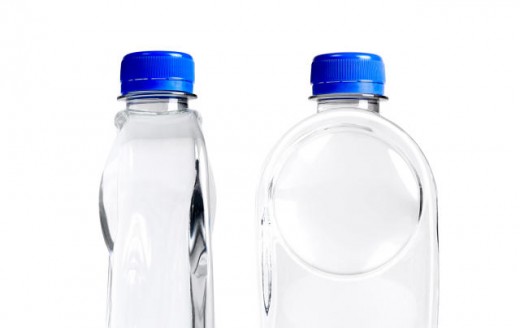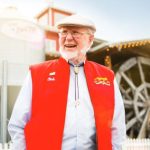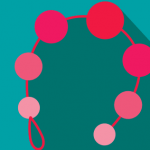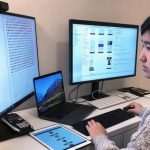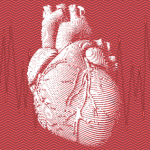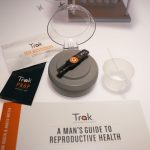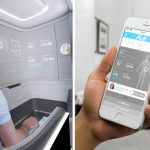Why a person Who Hates Plastic Water Bottles Is Making Plastic Water Bottles
Donald Thomson’s water bottle resolution? Throw them on the roof.
October 16, 2015
Donald Thomson, a fifty six-year-old, Canadian-born builder, entrepreneur, and self-taught clothier, launched ‘A’Gua-brand water bottles in Costa Rica past this yr. however he sees no contradiction in his present exercise: converting reclaimed, customized-designed, PET plastic water bottles into roofing tiles which might be full of an insulating, lightweight mix of aerated concrete and waste paper, which may also be tinted to simulate marble, slate, or ceramic tile. (He now also is exploring the usage of corn stover, an agricultural waste, as a filler.)
Thomson has devised an progressive way to make the waste circulation for one business (the single-use beverage sector) into the value stream for some other (the affordable housing market). He aims to be a poster boy for the circular economic system.
“I wouldn’t even drink out of a plastic bottle,” he recounted in a up to date phone interview from his dwelling in Belen, Costa Rica, the place he and his wife, Terry-lee, moved 25 years in the past. And he for sure had no intention of turning into a water industry govt.
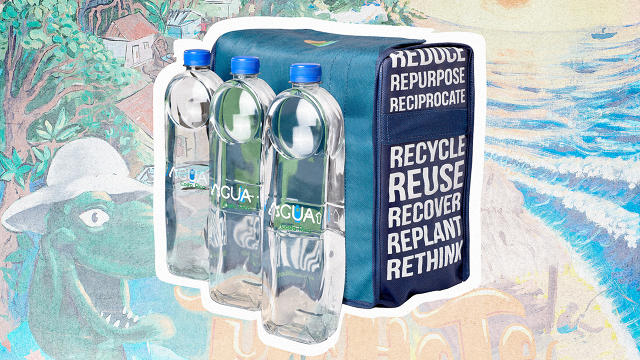
After he relocated, Thomson labored thru his constructing company, harmony developments, to create reasonably priced housing across Latin america. He and his wife also founded and run a small group-development and classical-track school for kids on Costa Rica’s west coast.
however five years ago his path took a unusual and unexpected flip, when he equipped a student beach cleanup in an impoverished part of Costa Rica. On that day in 2010, Thomson says, “We realized that after waste PET containers have been flattened and put into rows they crudely resembled slate tiles. This cognizance impressed the lengthy experience into what we name nowadays the ‘bottle-to-tile’ project.”
Thomson created a new company—now called the center for Regenerative Design and Collaboration—and began engaged on designing a roof tile from discarded PET bottles.
focusing on regenerative design
“We worked backwards,” Thomson says, “first designing our tile, which dictated the resulting beverage container form, which in some way produced the wedged, rectangular flask profile of our ‘A’Gua bottle.”
The ensuing bottle design proved to be numerous and attention-grabbing, which has enhanced its shelf presence and contributed to shopper acceptance.
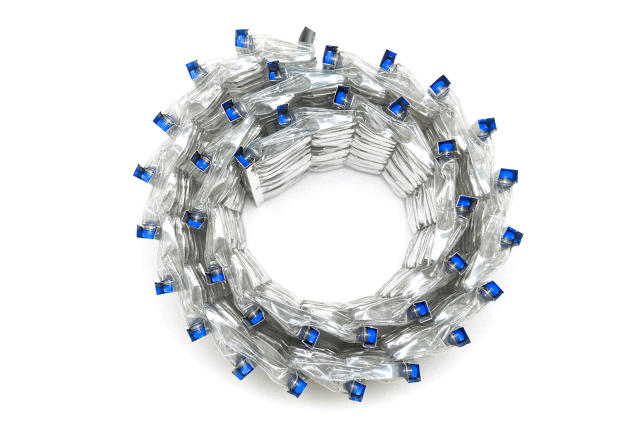
Mike Urquhart, a plastics molding and equipment expert and a 35-yr veteran of the beverage packaging trade, is impressed. “i think it’s absolutely unique in the beverage trade—a product designed to be reused, reasonably than recycled. I’ve by no means seen anything else with regards to it.” And not simply being reused, he stressed, however probably finding lifestyles for the next 50 years as roofing tiles on properties.
Urquhart, a fellow Canadian who spent his complete career working for equipment maker Husky Injection Molding programs in Bolton, Ontario, struck out on his personal final yr, and now is part-time marketing consultant for CRDC.
back in 2012, Thomson bought busy applying his design skills to improve the bottle. “i purchased each plastic bottle on this planet I may find,” and tried to fold it into the desired form. “I built cardboard prototypes, which taught me what the shape would should be on the again, so it would fold in like i wished.” He sold Solidworks software and brushed up on his 3D drawing talents. eventually, he received world patent protection for his design for a seven-hundred ml bottle.
expensive classes discovered
He subsequent made molds and developed prototypes. “I wasted $6,000 trying to get this done lengthy distance in India. everything that you want to do mistaken in this, I’ve completed,” he says, laughing.
Thomson then took place to discover a local, long-based blow molding company in Costa Rica that constructed six molds for him and helped to get the tooling excellent. but the homeowners of that firm got in over their heads with U.S. non-public equity, and two weeks after they started molding Thomson’s bottle, the agency ran out of money and shut down.
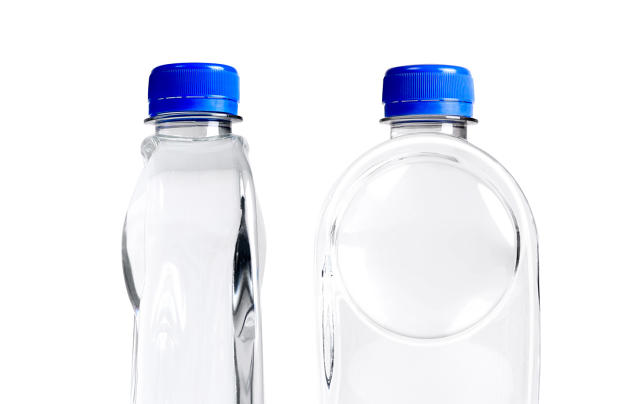
He endured, discovered some other manufacturing option, and embarked on molding trials. originally, Thomson encountered a 70 % reject price, as a result of the difficult radius on the bottom of the bottle. He made endless design modifications and manufacturing tweaks, and at last, in November 2013, began successfully molding the current version of strangely shaped ‘A’Gua bottles in Costa Rica.
The bottle, whose “bubble” design near the highest used to be created to enable the plastic to fill the mildew correctly, has no shoulder and is stuffed right to the highest. as it occurs, Thomson stated, the bubble refracts the sunshine passing thru it, and helps to create an optical, magnifying impact so that the PET container tends to look like glass or ice.
Bend it like Thomson
So CRDC had its bottle—but could they fold it? would it not fold every time right into a tile? achieving that was once every other yr-long process.
“We designed an unpleasant, mechanical crimping device, did a 3-D scan of it and from it developed a special jaw to use for bending the bottles. We then acquired concerned with engineering college students at Seattle college, who developed a handbook press that can be used to fold the bottles every time—bang, bang, bang—with out a extra power wanted. That used to be large for me,” Thomson mentioned, explaining how he’d like, as an instance, to be able send a container of water bottles to Nepal, together with one of these folding gadgets, so locals may instantly begin converting bottles to tiles.
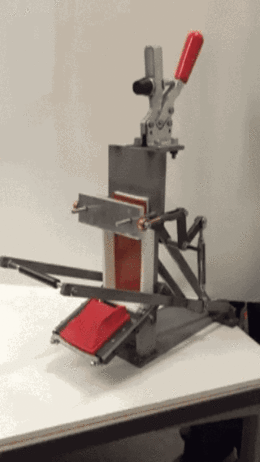
Now that the crimping software works smartly, automating it is going to be easy, he stated. the bigger challenge used to be getting every bottle to fold exactly proper, to yield a 12 mm entrance aspect, providing a cultured, constant, architectural seem to be to the tiles. Thomson said it’ll now not be tough to position various these crimping devices in a row and automate them, with the goal being so as to fold the bottles as quick as they may be able to be blow molded.
at the moment, CRDC could make 400 bottles per hour, but quickly might double that production price. Thomson says they’re ready to ramp up as demand warrants.
the corporate struck a deal to provide the high-finish grocery chain Auto Mercado in Costa Rica with the ‘A’Gua bottle, and the product hit the shelves this prior February, at a cost of about $1.38 each, or roughly the identical as a excessive-end sports activities bottle.
“What I’ve discovered in my experience is that you just had better have a story if you wish to get into the water business—and it better be a sound one, like we’ve got. And there aren’t many of them.”
Up on the roof
CRDC also has patented the construction approach for applying the tiles to roofs. The tiles are connected in rows, on 3-foot-extensive by 12-foot-lengthy rolls, and will also be rolled out into location on the house.
“That’s what I do—I’m a construction technologist. We’ve constructed enough now to grasp that we are more than happy with the construction product.” What has slowed the project down has been the need to lift the capital to begin a housing application, which Thomson considers a crucial a part of the puzzle.
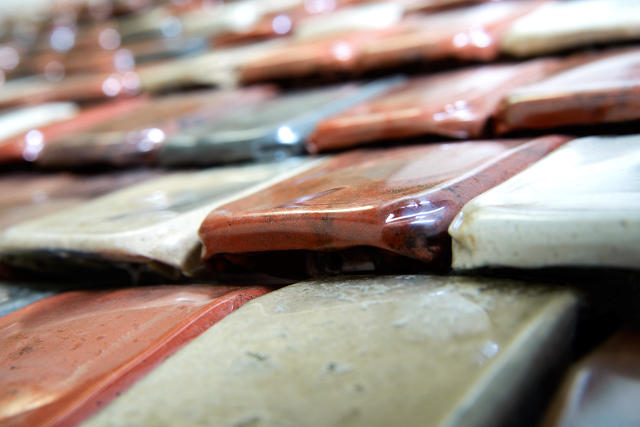
“We for sure plan on constructing 40 units all the way through 2016.” The plan is to construct “very humble housing,” using 10,000 bottles per home. “Our agenda is to have all of the funding in location through December 1. We’re actively constructing roofs now, simply now not houses but.”
He says the intention is not just to reuse the materials, but to recycle all of the cash, as well. “when you’ve got the precise story, and you promote a lot of water, it’s an awfully successful business—the margins are incredible.” Thomson’s plan is to reinvest that money into his housing initiatives: construct a home, lease it to anyone for three years, prepare them for a personal loan, and then get all his a refund.
“My dream … I speak about REAP: get better, Enrich, appreciate, Prosper. while you construct any person a home, you wish to be certain it’s going to appreciate in value, otherwise you’re best going to make them poorer.”

this is how Thomson squares his ideals with his current industry. He sees the plastic bottle as a way to an finish.
“If i will take the plastic and upcycle it into a fantastic, appreciating constructing product that stays out of the waste movement, then I’m satisfied,” he said.
“This year in Costa Rica we’re going to be truly dedicated to the complete cycle, from picking up bottles off the seashore to building properties. and that i imagine we’ll have one of the highest examples of the round financial system—of upcycling—in the world.”
“We just bought started,” Thomson acknowledges, “however people are recognizing that, ‘Wow, this has really got some potential. This can be a game-changer.’” And to think, he notes, “it all started because I hated plastic bottles.”
fast company , read Full Story
(195)

